Dozens of new game reveals and previews dropped during Summer Game Fest, including more in-depth demos of projects we had already seen in the months leading up to it. Among those titles was Square Enix’s Foamstars, which quickly showed why it isn’t just the Splatoon clone everyone claimed it was going to be after its initial trailer dropped last month.
While the concept of Foamstars, a four-on-four team-based shooter that uses a type of non-traditional weaponry to change the environment, does lend itself to easy comparisons with Nintendo’s popular inkathon, the game has a depth to it that hits a sweet spot all of its own.
After a lackluster pop from its reveal during May’s PlayStation Showcase, Square Enix brought the game to Summer Game Fest and let people get hands-on with the shooter. And, while not every reaction was positive, there was plenty of positive buzz surrounding Foamstars when people left sessions.
A number of outlets and content creators walked away noting that Foamstars did a lot to separate itself from Splatoon while cultivating a fun and engaging concept that could be a surprise hit. Dot Esports asked Square’s executive director of publishing strategy Rich Briggs about those key differences, to which he simply pointed to one thing—the foam.
Unlike Splatoon’s ink, which is mostly used as a win condition when it comes to covering the most surface area on the map, Foamstars uses its suds as an “elastic” force that pushes and pulls the entire concept of gameplay beyond map control and movement.
“The foam is really the differentiation factor. It changes how you have to approach combat,” Briggs said to Dot Esports. “It isn’t just about foaming up the enemy because then it can be about surfing into them to knock them out or saving your teammate when they’ve been foamed up. The foam in combat is critical, but it also has a strategic layer.”
Related: Summer Game Fest 2023: ‘Not-E3’ schedule, announcements, and what you need to know
As Briggs said—and the gameplay certainly shows—foam can be used as a powerful tool on offense or defense as you hit enemies or build up walls to defend yourself. Some players at the event even built a fort to try and take advantage in a round.
Along with the offensive usage of foam and the movement options you gain from surfing around on it, the defensive capabilities, construction, and traversal all play into changing the topography of the map in real time.
With a focus on creating that dynamic, shifting style of gameplay, Square also put an emphasis on using its expertise in character design to work to complement the colorful nature of Foamstars at its core. It also helps that each character has a distinct playstyle, so it brings more of that hero shooter flair from Overwatch to the Splatoon formula to help it make its own identity.
At its core, Foamstars is taking inspiration from a number of titles and running with it in a unique way the team feels will be apparent and appealing to anyone once they get their hands on the game. Square wants players to jump in and make the Foamstar experience whatever they want it to be at any level.
Now, the concern can shift from whether the game will be a fun time for at least some people who give it a shot, to if Square can avoid shooting itself in the foot with another poor attempt at supporting a live-service game that fails early due to mismanagement and microtransaction overload.


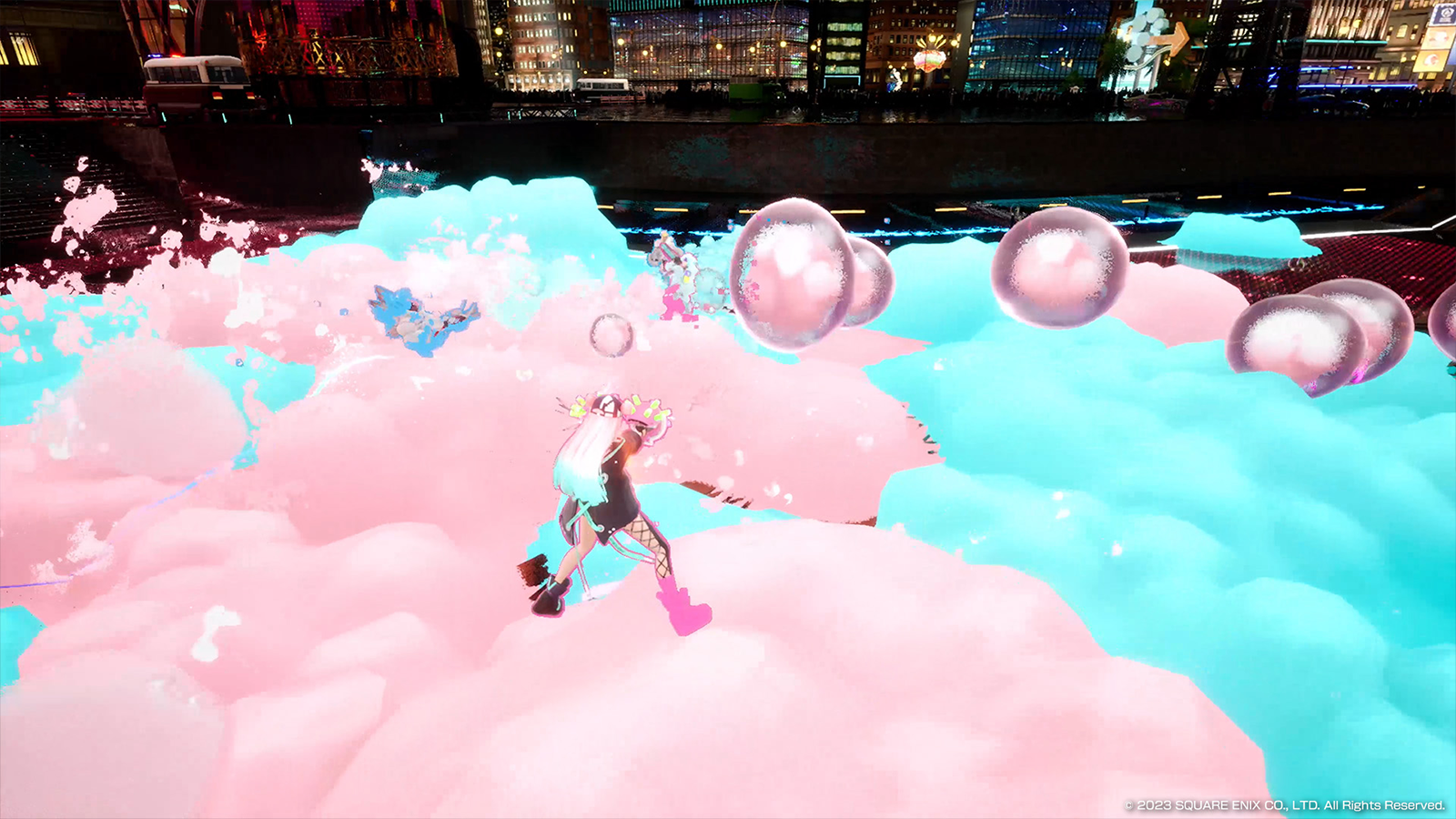
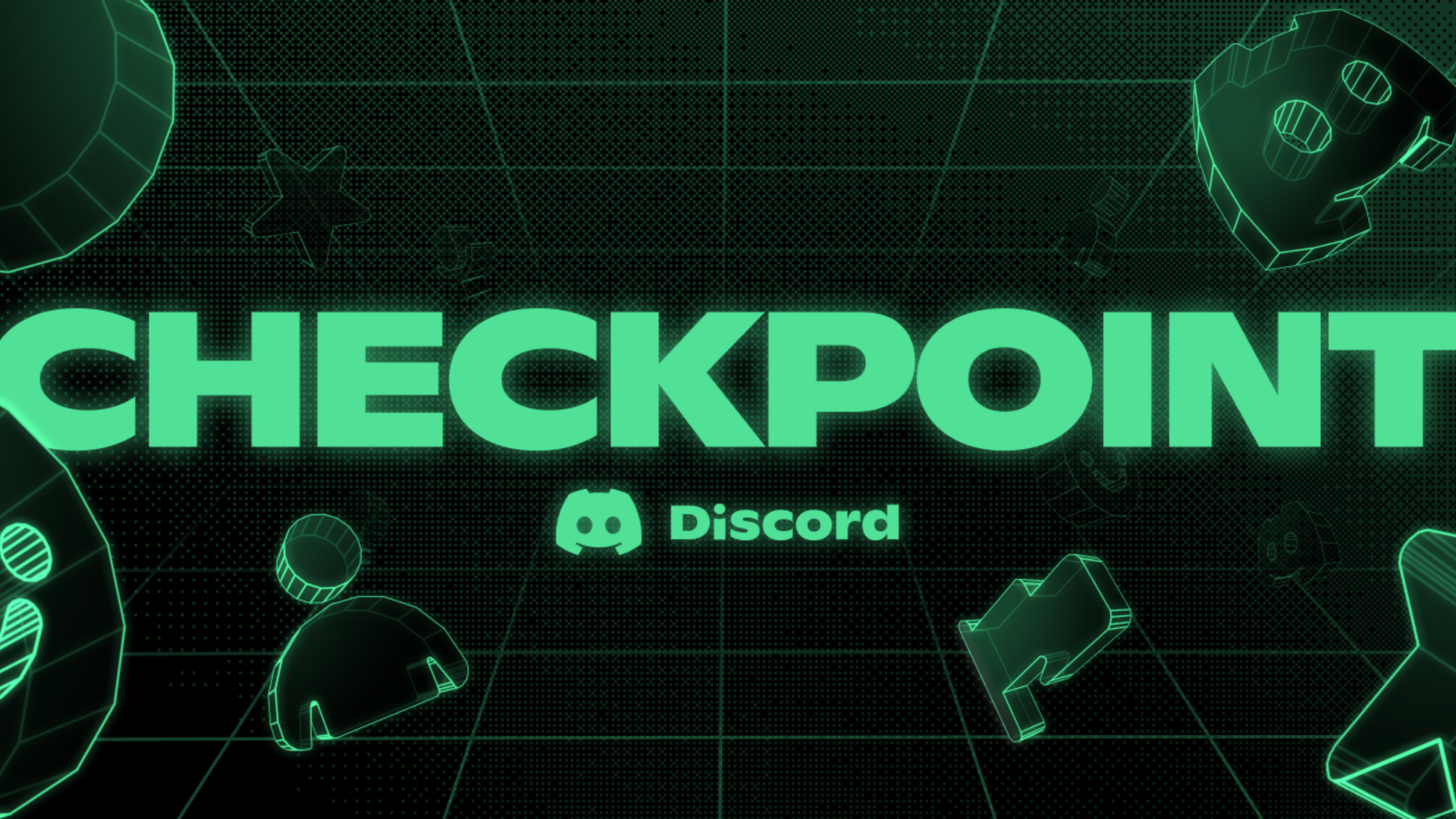

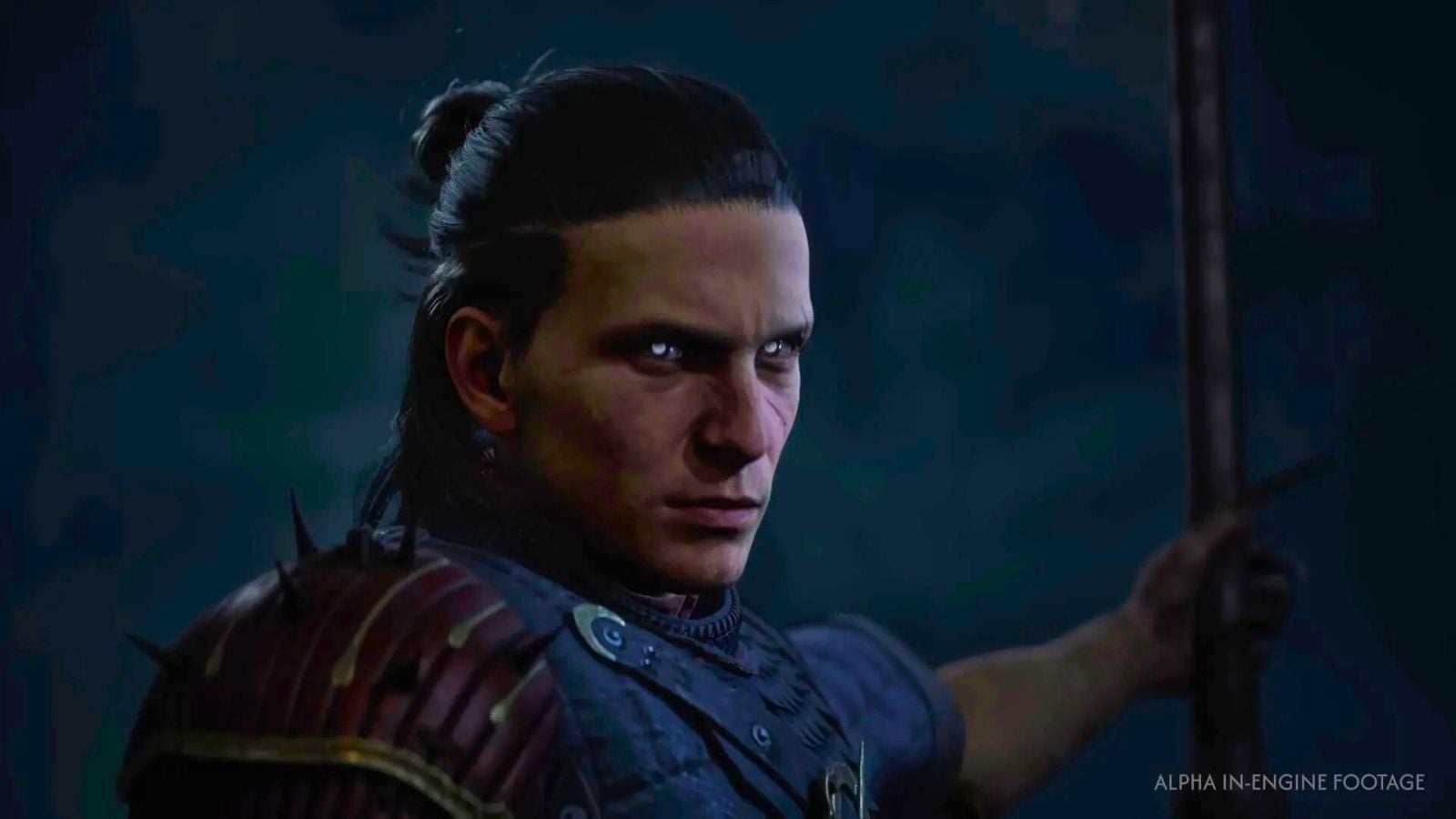
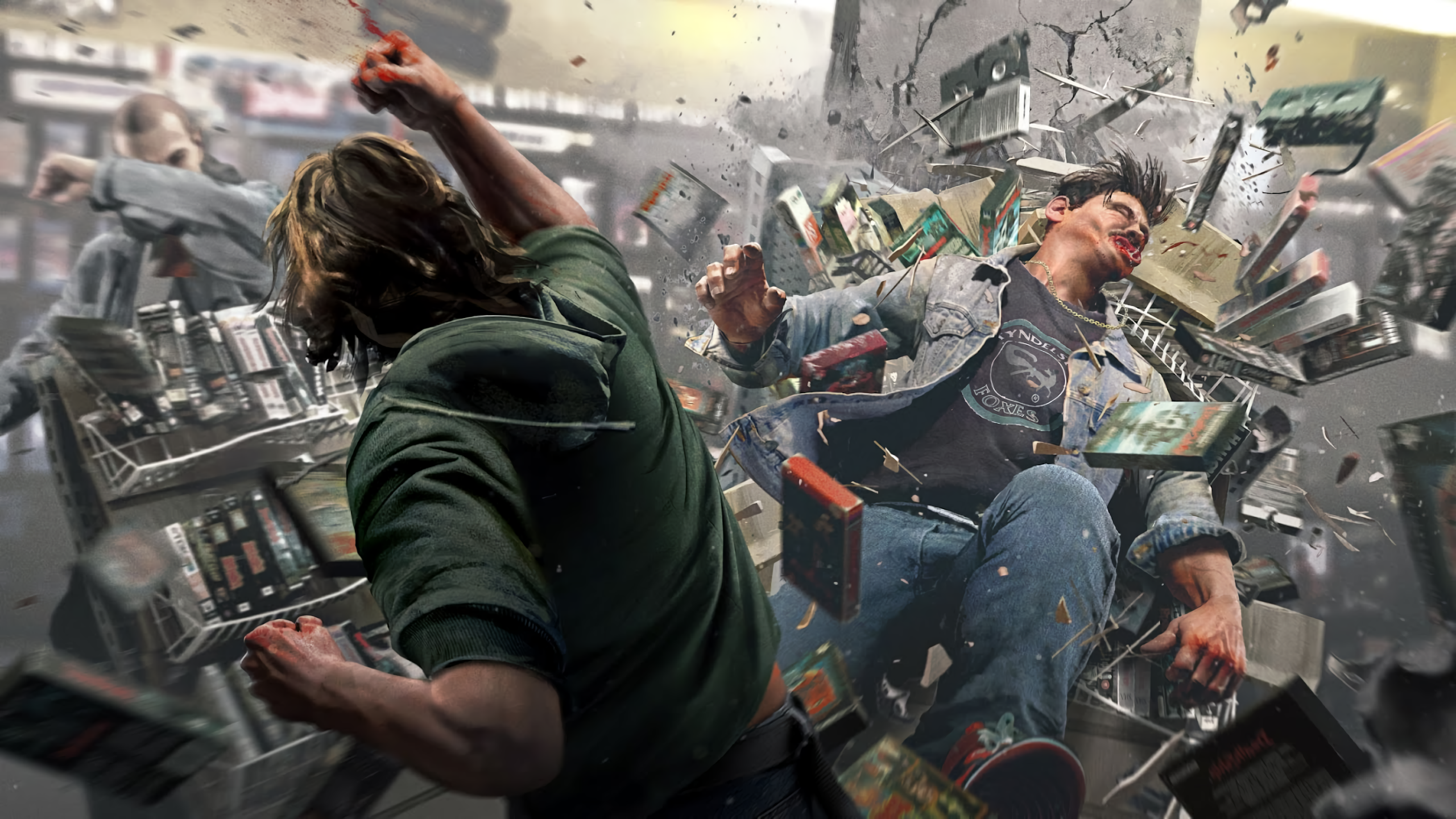
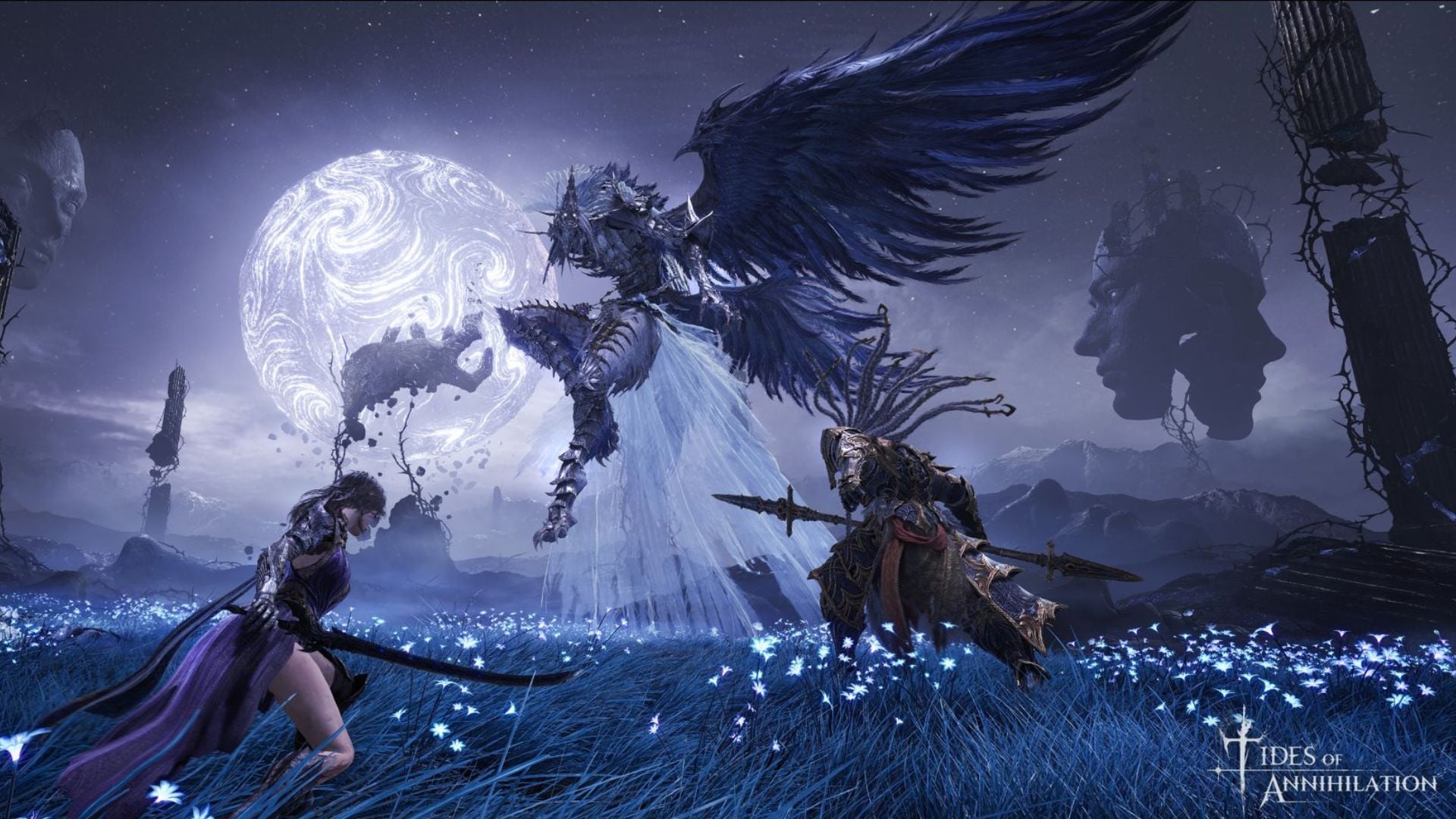
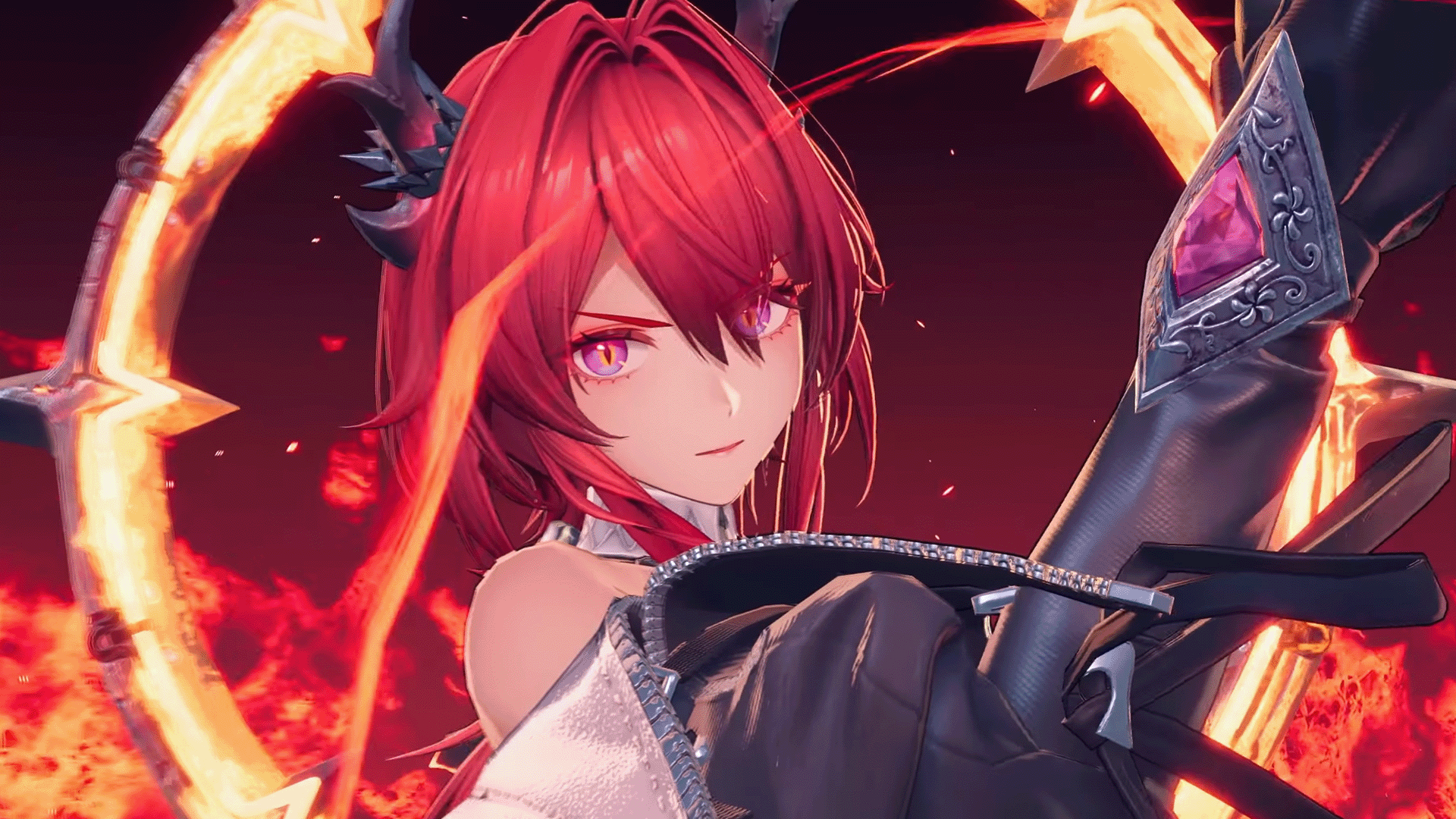


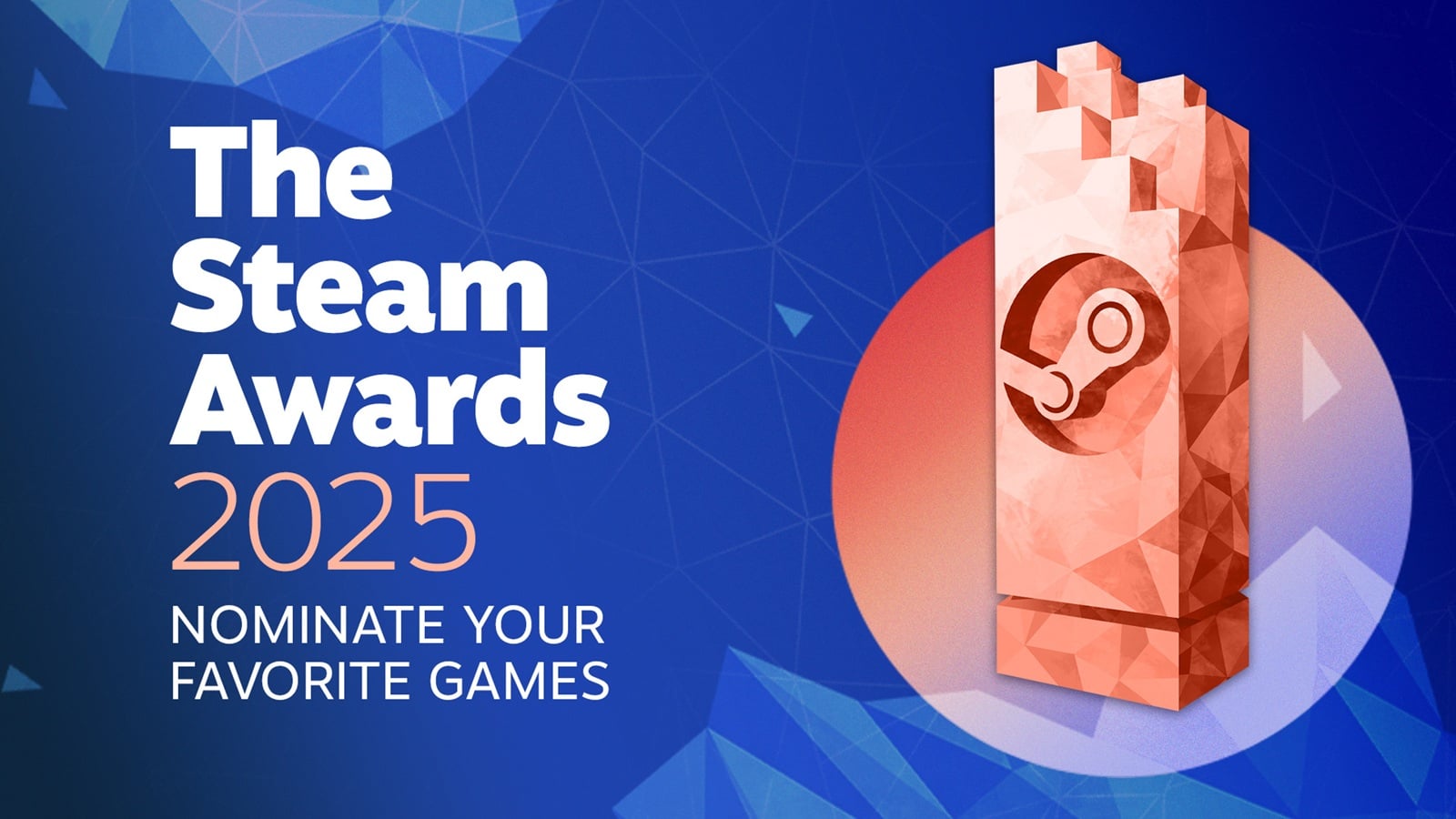

Published: Jun 11, 2023 11:36 pm